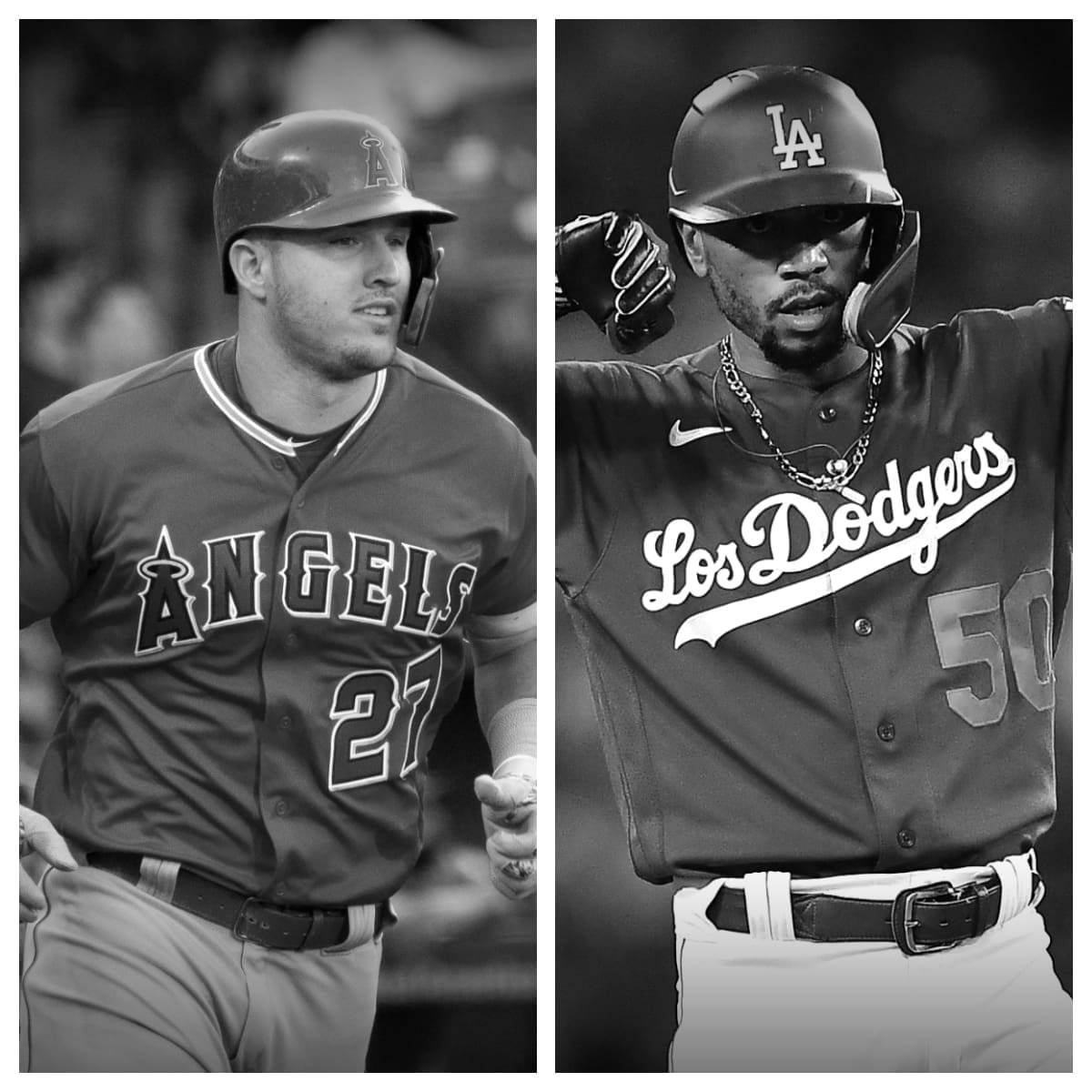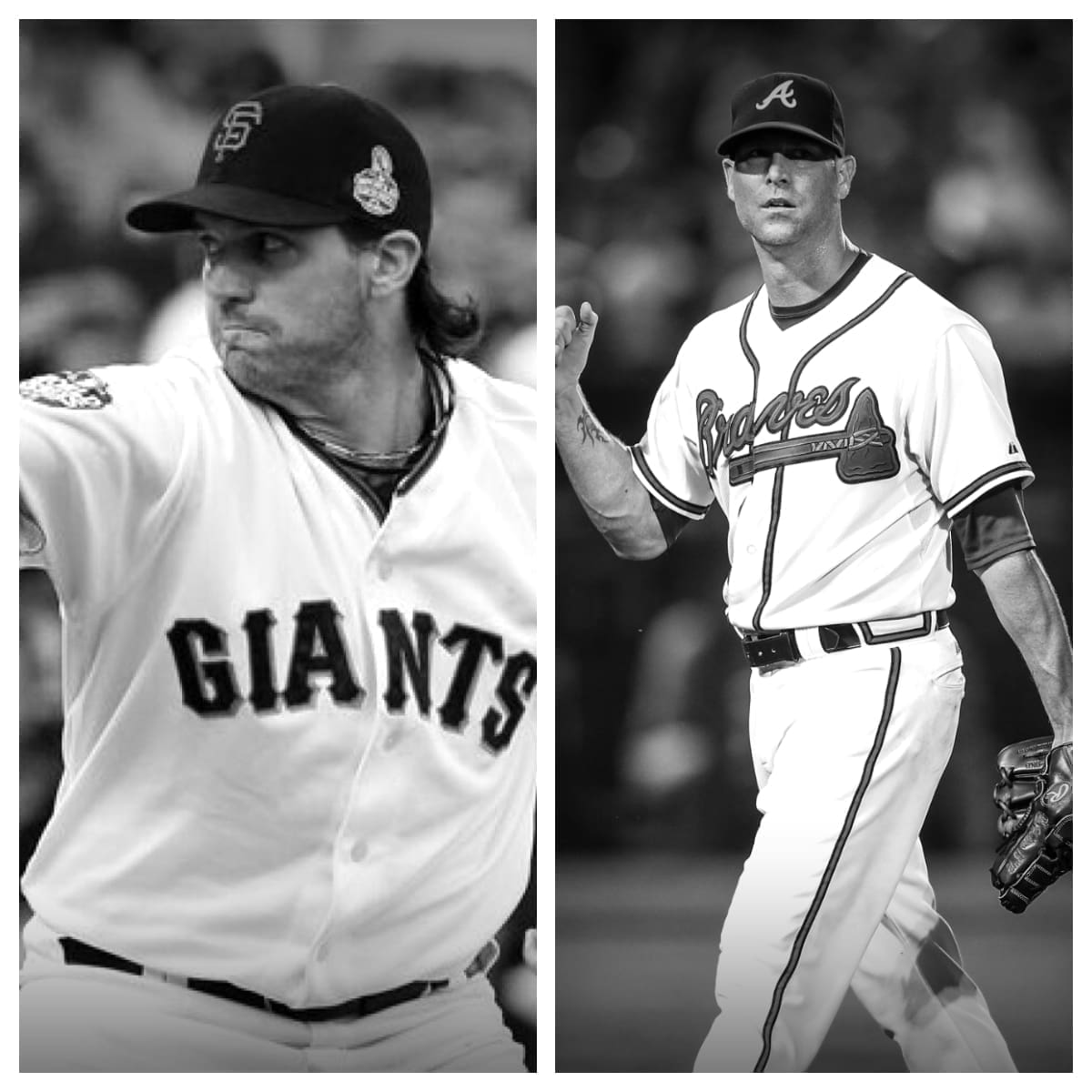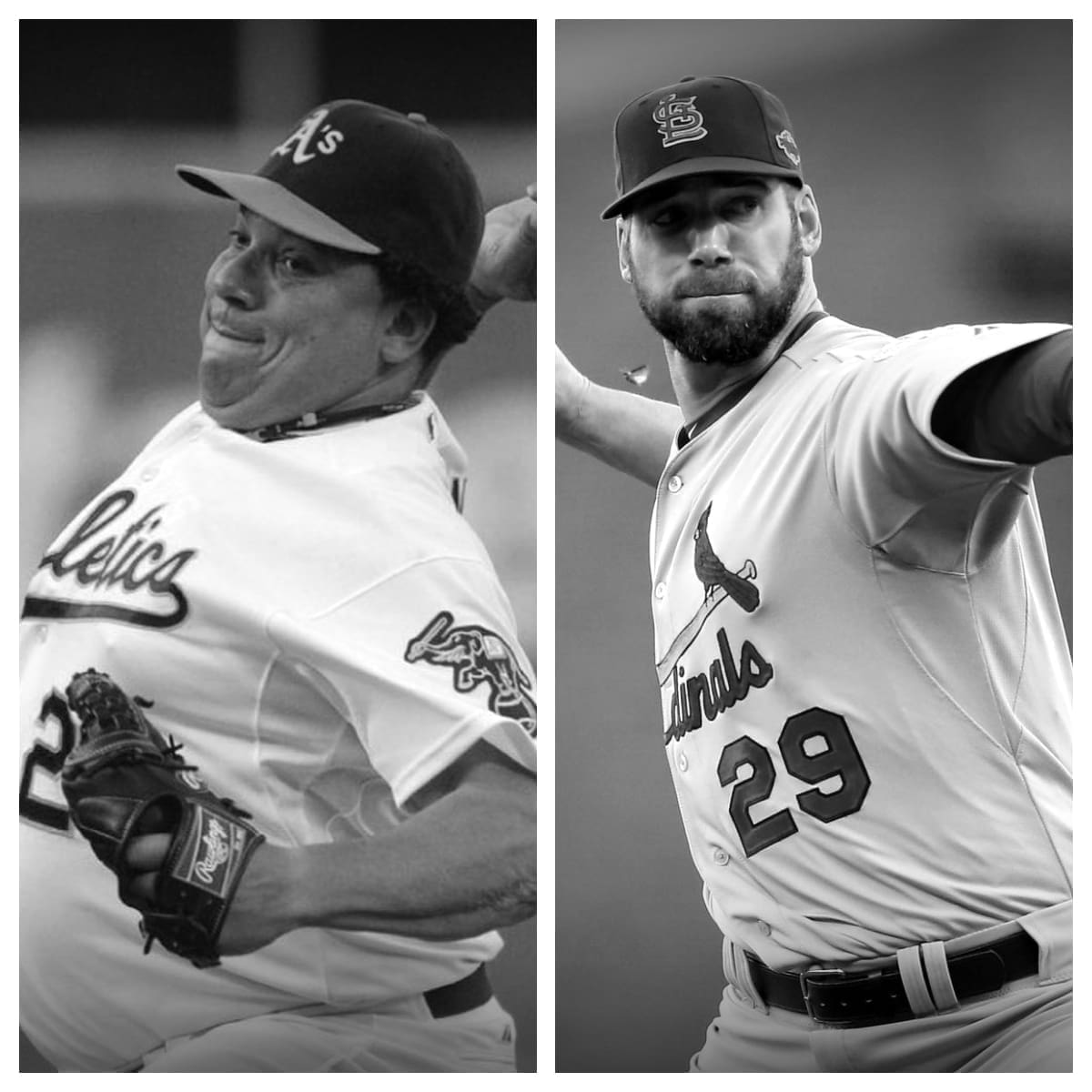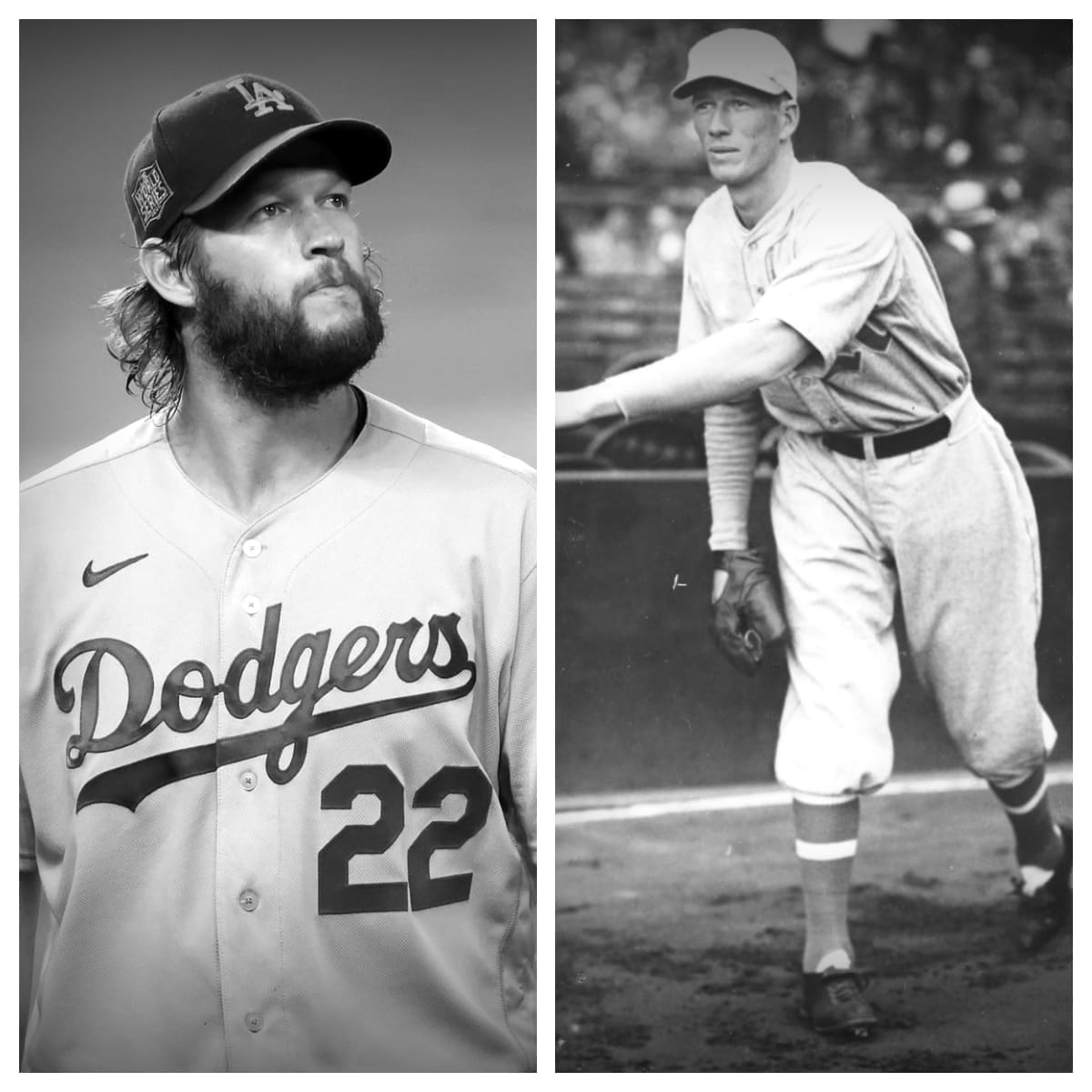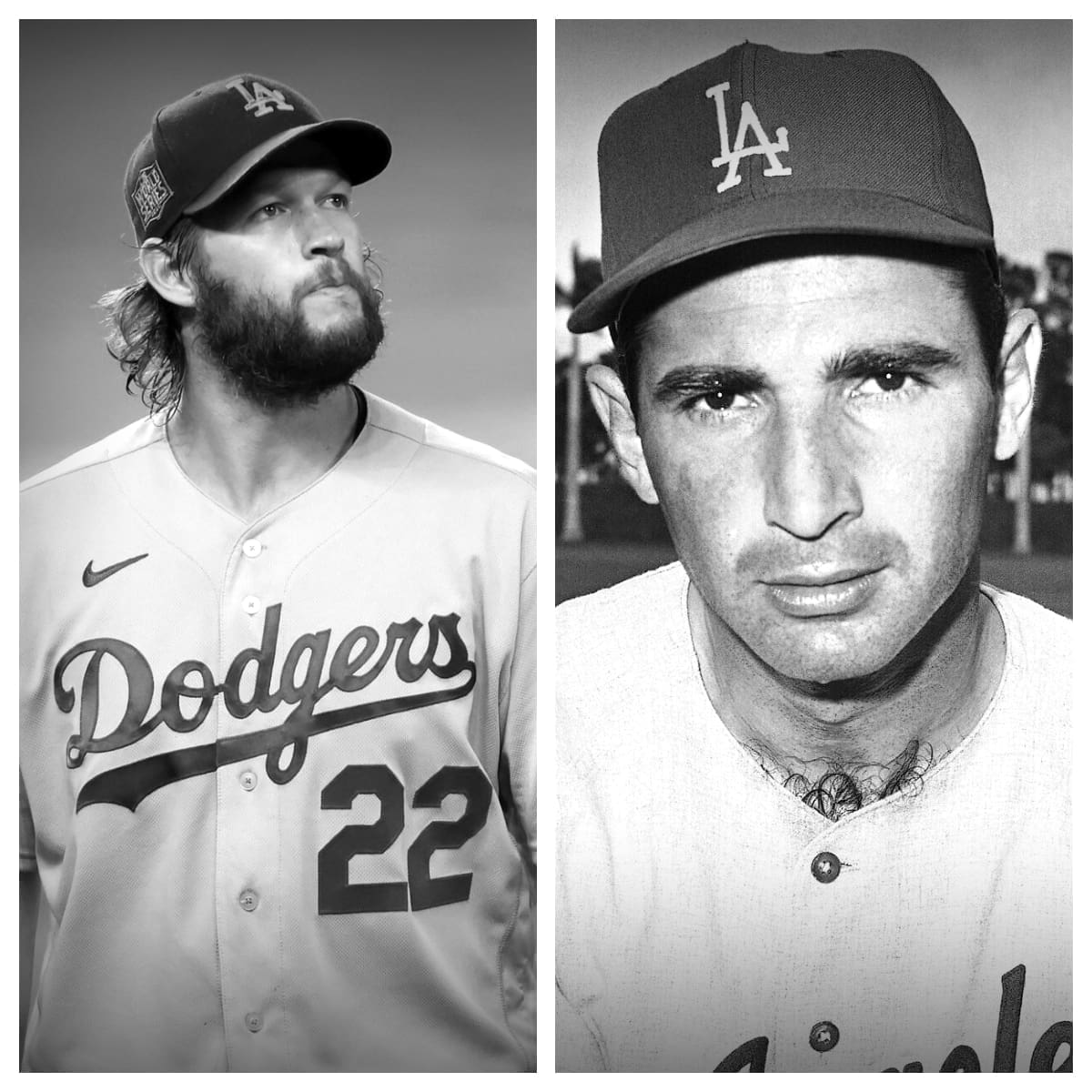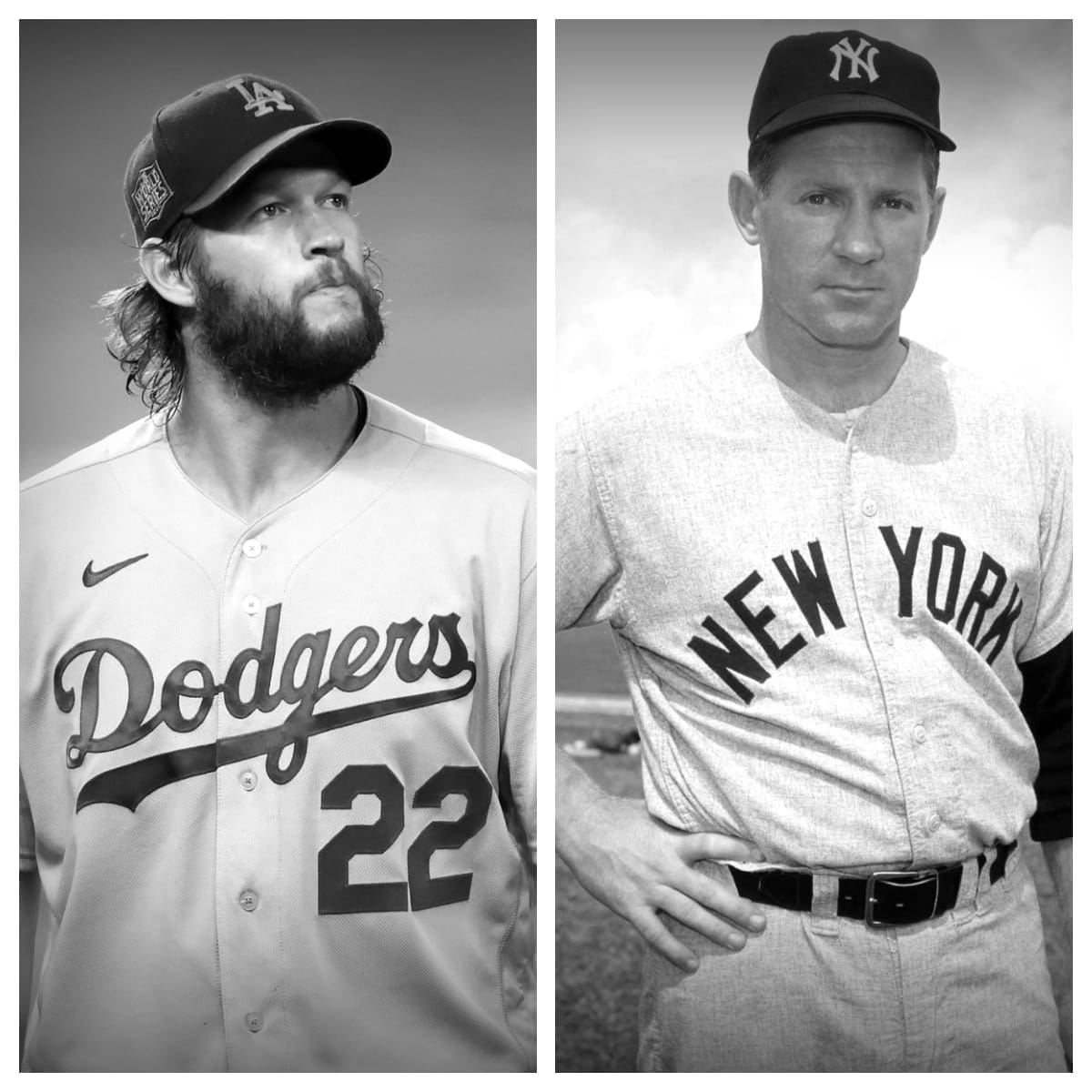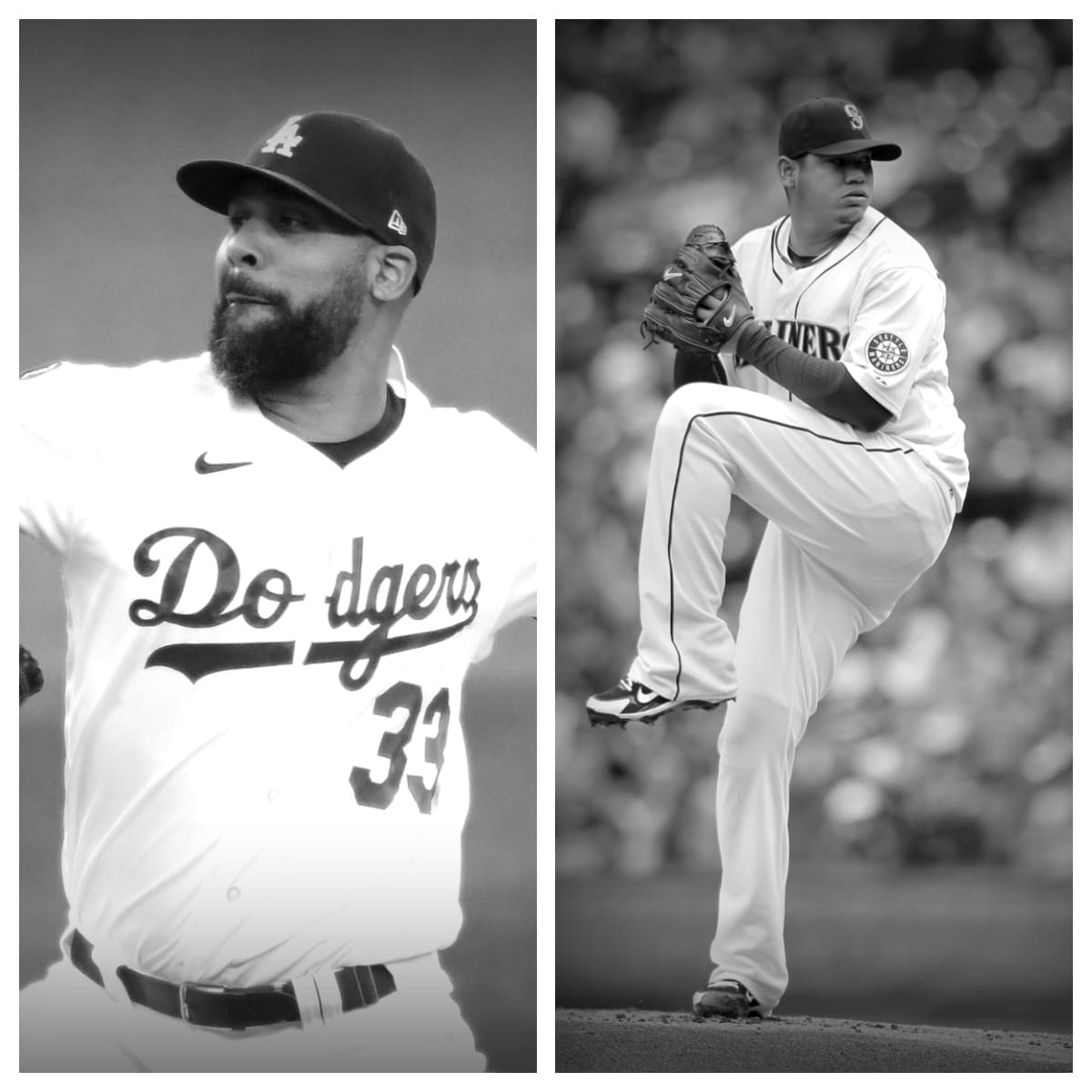In the 2,117 at-bats in his career, Phelps is sitting with a batting average of .310 in addition to 657 hits. He has gone deep 54 times, in addition to having 1,000 total bases and a .013 slugging percentage. Phelps has recorded a walk 160 times while being called out on strikes on 157 attempts. He has amassed 239 runs and notched 345 runs batted in. His on-base % is .362 and he also has a career OPS of .376.
Babe Phelps
Babe Phelps, a notable figure in the world of Major League Baseball (MLB), may not have the same level of fame as some of his contemporaries, but his impact on the game is undeniable. Known for his exceptional skills as a hitter, Phelps left a lasting mark on baseball history. His career, characterized by impressive statistics and memorable performances, continues to be celebrated by baseball enthusiasts. In this article, we’ll dive into the life and career of Babe Phelps, exploring his contributions to the sport and examining his baseball statistics.
Beyond the numbers, Phelps embodied the spirit of baseball during its golden era. Although overshadowed by legendary figures such as Babe Ruth and Lou Gehrig, Phelps carved out his own niche through a combination of skill, determination, and sportsmanship. As we delve deeper into his journey, it becomes evident that his legacy is not only built on his on-field accomplishments but also on the influence he had on his peers and future generations of players.
Early Life and Introduction to Baseball
Born on April 17, 1908, in Odenton, Maryland, Ernest “Babe” Phelps grew up in an era when baseball was rapidly gaining popularity across the United States. From a young age, Phelps showed a keen interest in the sport, often seen playing in local sandlots with friends. His natural talent was evident, and it wasn’t long before he caught the attention of scouts. In a community where baseball was more than just a pastime, Phelps thrived and found his calling.
In the late 1920s, Phelps began his professional career in the minor leagues. His natural ability as a hitter quickly set him apart from his peers. With a powerful swing and an eye for the ball, he impressed coaches and fans alike. By 1931, he was ready to make his debut in the MLB. This transition marked the beginning of a promising career, and Phelps embraced the challenges of the major leagues with enthusiasm and determination, eager to prove his worth on a larger stage.
| # | Preview | Product | Price | |
|---|---|---|---|---|
| 1 |

|
MLB | Buy on Amazon | |
| 2 |

|
Rawlings | Official 2025 Major League Baseball | Display Case Included | MLB | ROMLB-R |
$18.50 |
Buy on Amazon |
Major League Debut and Career Highlights
Babe Phelps made his MLB debut with the Washington Senators in 1931. However, it wasn’t until he joined the Brooklyn Dodgers in 1935 that he truly began to shine. As a left-handed hitter, Phelps brought a unique dynamic to the team’s lineup. His ability to hit for average and power made him a valuable asset. His presence in the lineup provided a strategic advantage, enabling the Dodgers to diversify their offensive strategies and challenge opposing pitchers effectively.
Baseball Statistics and Achievements
During his career, Phelps achieved a remarkable batting average of .310. His impressive performance at the plate earned him three All-Star selections in 1938, 1939, and 1940. Phelps was known for his consistency as a hitter, often delivering clutch hits in crucial moments. His batting prowess was complemented by his strategic approach to the game, which involved meticulous preparation and a keen understanding of pitchers’ tactics.
Some of his career highlights include:
- Batting Average: Phelps maintained a career batting average of .310, making him one of the most reliable hitters of his time. This achievement was a testament to his disciplined approach at the plate and his ability to adapt to different pitching styles.
- All-Star Selections: Selected as an All-Star in 1938, 1939, and 1940, highlighting his status as one of the league’s top players. These selections were a recognition of his consistent performance and his contribution to the sport during a highly competitive era.
- Home Runs: Although not primarily known for his home runs, Phelps hit a respectable number throughout his career, showcasing his power when needed. His ability to switch between power and precision hitting made him a versatile threat in the batter’s box.
- On-Base Percentage: With an on-base percentage of .362, Phelps demonstrated his ability to consistently reach base, contributing to his team’s offensive efforts. His understanding of the strike zone and patient approach made him a challenging opponent for pitchers.
Notable Games and Performances
Phelps had several standout performances during his career, but one of the most memorable came on July 4, 1938, when he hit for the cycle against the St. Louis Cardinals. This rare feat showcased his versatility as a hitter and solidified his reputation as one of the league’s best. In addition to this achievement, Phelps had numerous games where his clutch hitting and strategic thinking turned the tide in favor of his team.
His ability to perform under pressure was not only a testament to his skill but also to his mental fortitude. Phelps had an innate ability to read the game, anticipate plays, and position himself advantageously, making him a key player during high-stakes matches. These qualities endeared him to fans and teammates alike, further cementing his legacy in the annals of baseball history.
The Impact of Babe Phelps on Baseball
Babe Phelps’ impact on baseball extends beyond his statistics. His approach to hitting and dedication to the game inspired many young players. As a catcher, he was known for his strong defensive skills and ability to manage pitchers effectively. His leadership on and off the field left a lasting impression on teammates and opponents alike. Phelps’ commitment to excellence and his unwavering sportsmanship set a standard for those who followed in his footsteps.
Influence on Future Generations
Phelps’ success as a hitter set a standard for future generations. Young players looked up to him as a role model, aspiring to emulate his technique and work ethic. His legacy is evident in the way modern players approach hitting, emphasizing precision and consistency. Through coaching clinics and public appearances, Phelps actively engaged with aspiring players, sharing insights and fostering a love for the game.
Moreover, Phelps’ emphasis on mental preparation and strategic thinking has influenced player development programs across the country. His teachings on the importance of understanding the game’s nuances have become a foundational element in many coaching philosophies, ensuring that his influence endures in baseball academies and training camps.
Contributions to Team Dynamics
Phelps was more than just a skilled hitter; he was a team player who understood the importance of collaboration. His ability to communicate with pitchers and strategize during games contributed to the overall success of his teams. Phelps’ presence in the clubhouse was often described as calming and motivating, qualities that are essential for any successful team. His knack for fostering team cohesion was instrumental in creating a positive and productive environment on and off the field.
His leadership extended beyond mere game strategy; Phelps was known for mentoring younger players, offering guidance and support as they navigated the pressures of professional baseball. By fostering a culture of mutual respect and teamwork, Phelps helped build a legacy that emphasized the value of camaraderie and collective achievement, principles that remain central to successful teams today.
Life After Baseball
After retiring from professional baseball in 1942, Babe Phelps remained active in the sport by coaching and mentoring young players. He shared his knowledge and experience, helping to develop the next generation of baseball talent. Phelps’ dedication to the game never wavered, and his contributions continued to benefit the sport long after his playing days were over. His post-retirement involvement in baseball underscored his passion for the game and his desire to give back to the community that had supported him throughout his career.
Personal Life and Legacy
Babe Phelps passed away on December 10, 1992, leaving behind a legacy that continues to resonate with baseball enthusiasts. His dedication to the game, both as a player and a mentor, serves as a reminder of the impact one individual can have on a sport. Phelps’ life was a testament to the power of perseverance, hard work, and a love for the game that transcended personal success.
His influence is still felt today, as those who were fortunate enough to learn from him have passed on his teachings to new generations. The respect and admiration he garnered during his lifetime have ensured that Babe Phelps will be remembered not only for his achievements on the field but also for the values and principles he championed throughout his life.
Conclusion
Babe Phelps may not be a household name like some of his contemporaries, but his contributions to Major League Baseball are significant. As a skilled hitter and dedicated team player, Phelps made a lasting impact on the game. His baseball statistics, including a career batting average of .310 and three All-Star selections, highlight his talent and consistency. These achievements, coupled with his dedication to the sport, mark him as one of the noteworthy figures in baseball history.
Phelps’ influence extends beyond his playing years, as he continued to shape the sport through coaching and mentorship. His legacy serves as an inspiration to aspiring baseball players, reminding them of the importance of dedication, teamwork, and passion for the game. As we reflect on the history of baseball, Babe Phelps stands out as a remarkable figure whose contributions continue to be celebrated. His story is a poignant reminder of the enduring impact of individuals who dedicate their lives to the pursuit of excellence and the betterment of the sports they love.




